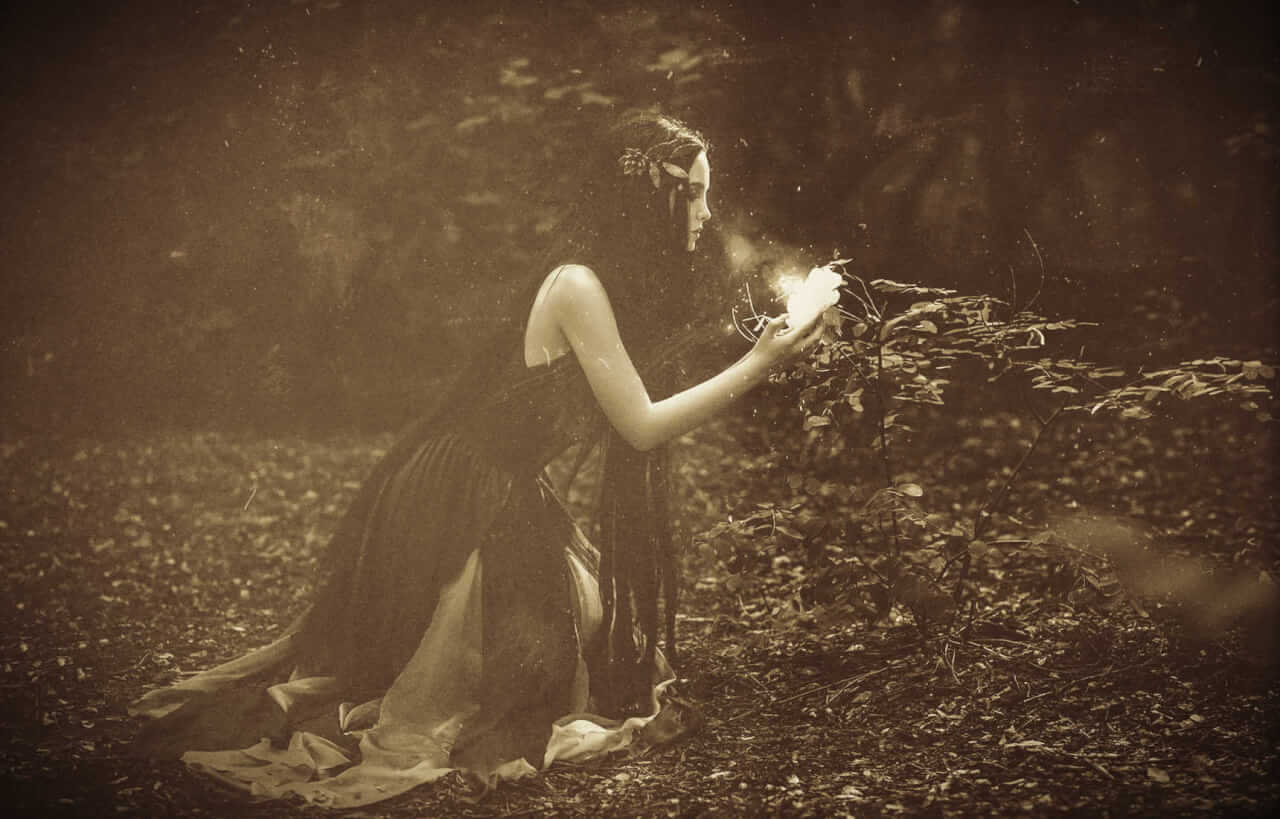Editor’s note: What you are about to read is — or should be — an obvious fiction, imagining what the next Vatican synod on regional indigenous peoples might propose. And yet, with a passage in the Amazonian synod working document that speaks of living “in harmony” with “nature, in dialogue with the spirits” (IL #75), is it really so far-fetched?
The following is an exclusive translation into English of a section of the Instrumentum Laboris of the Synod of Brittania that will follow the Amazon Synod at some date not yet determined but not that far off. Sources in Rome say there are plans for at least ten such synods in the next few years, whose purpose is to determine how the Church should address the mandate for inculturation in each particular part of the world in which Christianity was imposed but is now shaking off the yoke of the imposition. The translation is based on a document that is still undergoing changes, but it seems that the main points and the thrust of the Instrumentum will not change much.
15. And so we turn to that part of the world that we will call Brittania. The choice of what to call this part of the world is fraught with difficulties, for the history of these Isles is indeed complex. But what is meant for the sake of the Instrumentum is the two islands that compose England, Wales, Scotland, and Ireland. Despite the convoluted history of Brittania, we must note the presence in this region that presence of indigenous people that we can roughly call the Fairy Kingdom. These indigenous peoples are called by various names within each of the parts of Brittannia. Although the most common name is “fairy,” in Wales, they are called Tylweth Teg, Brownies in Scotland, in Ireland Leprechauns and Wee Folk, in England Fairies, Goblins, Banshees, Elves, and Gnomes.
16. These people of the Fairy World predate Christianity and were resistant to the advent of the Christian faith brought to their shores by St. Augustine of Canterbury. They remained as what some would derogatorily call “pagan.” They retreated into their natural surroundings. They remained close to Nature, and they continued to inhabit the forests, the moors, the bogs, the hillocks, the glens, the marshes, the heaths, the pools, and the woodlands. They never lost that vital link with Nature that the advent of Christianity discouraged. They continued to be in synch with the deities of Nature, of Nature that had nothing to do with the Fall of Man, Nature pure and unadulterated. They continued to honor the Primal Deities with which they were in union, and as their reward, they possessed truly natural sensitivities and knowledge that would have been destroyed by the imposition of Christianity.
17. These indigenous people, which we call, for lack of a better term, Fairies, went into hiding when the Christian conquerors arrived in their lands. That is why they are associated with “tales” and “legends” and strange appearances. It is the hope of the Synod that these indigenous beings of Brittania will come out of hiding and enrich us with their knowledge of the glory of the ecological beauty of the Creation. We hope they will show us how to return to the ultimate Beauty of Nature, in all of its purity and innocence, and participate in the return of the Divinity of ecology and a final abandonment of all that Christianity has imposed on Western culture: the desecration of Nature, the development of personal greed, the rigidity of Christian dogma that acts as chains that prevent us from moving forward to true freedom to be whoever we want to be without the shackles of tradition or imposed religion. And lest we think this Natural Kingdom ever disappeared from the Brittanic consciousness, the great poet, Edmund Spenser, wrote of these beings (although disguised in Elizabethan dress) in his epic poem, The Faerie Queen. Even in the twentieth century the Anglican writer C.S. Lewis wonderfully depicted the wonder and reality of the kingdom of Lions and Witches and Wardrobes.
18. We must find a way to encourage the Fairy Kingdom to come out of hiding and teach us how to live lives that are Natural, free from the deadly additives of dogma and tradition. We have established a Commission for the Fairy Kingdom that will meet before the Synod opens, which will offer concrete suggestions about how to meet with Fairies and Elves and Leprechauns and all free spirits of the woods and glens to assist us in our goal of a return to that ecological symbiosis that is the salvation of mankind. We must, with caution, of course, consider the possibility of ordination to Holy Orders of members of the Fairy World who are mature and are known to have only one partner. We presume that they do not have our rigid conceptions of sexuality. All we would insist upon for ordination is some evidence of loyalty to their partners.
19. The Commission is entrusted to investigate the sexuality of Fairies and make a report before the Synod begins.


